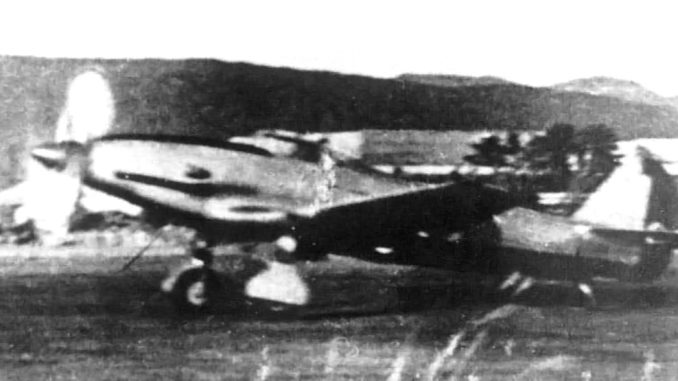
Amidst World War II, as the skies echoed with the roars of fighter planes, a new machine took to the air. This machine, the Kawasaki Ki-64 (codenamed “Rob” by the Americans) was a prototype Japanese fighter aircraft designed by Takeo Doi. The two most prominent features of the aircraft were a propulsion system comprising of two interconnected engines driving contra-rotating propellers, and an engine cooling system across the entire wing surface.
Doi’s Revolutionary Fighter Design
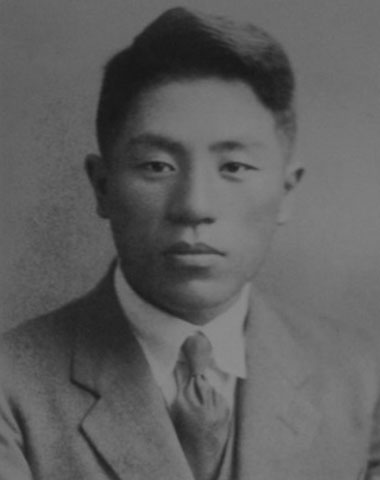
The story of Ki-64 began in 1939 when Doi was facing trouble with his current design, the Ki-45 Toryu (屠龍, “Dragonslayer”) twin-engine heavy fighter. In the midst of his redesigning of the Ki-45, the Imperial Japanese Army issued a requirement for a new heavy fighter, which he began working on. Doi moved ahead with an idea to design a high-speed fighter with tandem engines and evaporative cooling for the Imperial Japanese Army Air Force. In October 1940, the IJA approved of the design proposal for what would be designated the Ki-64, and the first order was placed on January 23, 1941.
Ingenious Cooling System
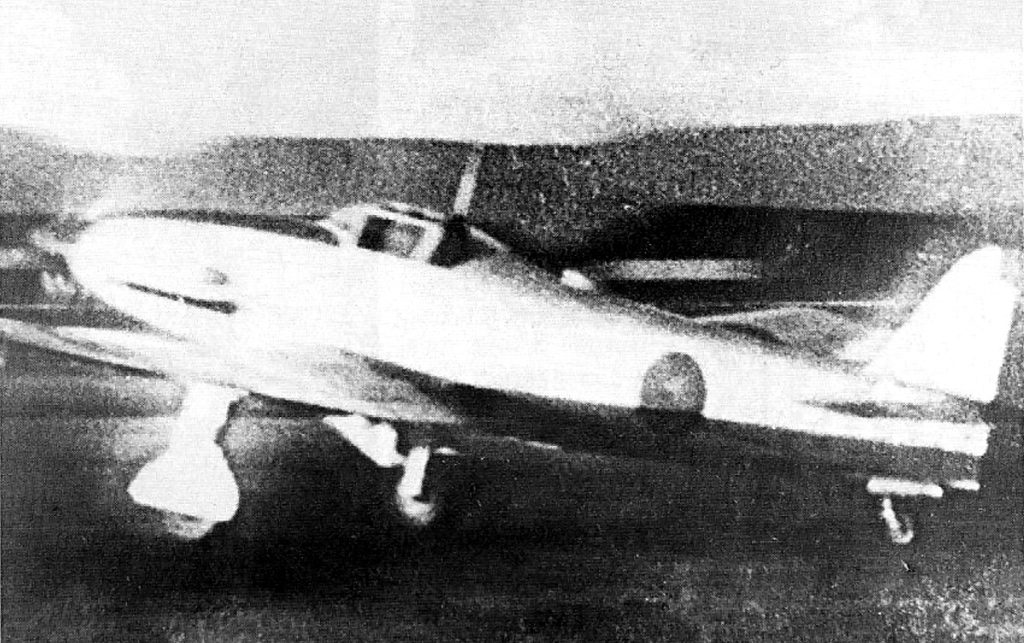
The Ki-64 was a single-seat heavy fighter with a taildragger configuration. It was powered by two Ha-40 inverted V-12 engines (license developments of the Daimler-Benz DB-601 engine) mounted in front of and behind the cockpit connected by a driveshaft. This tandem configuration was designated the Kawasaki Ha-201. As mentioned earlier, the engine sections each had their own evaporative cooling systems. They were a testament to fine craftsmanship of the designers, the cooling system involved a procedure of water being heated to 45 psia and pumped from the engine to a steam separator, then the pressure dropped to 25 psia, causing about 2% of the water to convert into steam. This steam was then directed at 16 psia through panels in the wings and the steam then cooled and condensed back into water before returning to the engine. By using this evaporative cooling system, the aircraft eliminated the drag caused by a radiator, thus allowing it to achieve higher speeds.
Technical Overview of Ki-64’s Test Flights
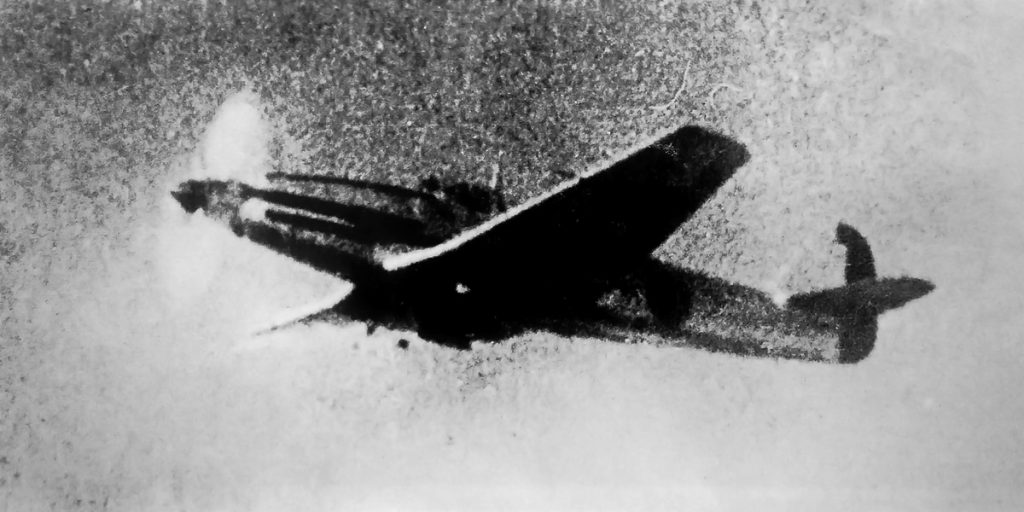
The complete designing and manufacturing of the Ki-64 finished in November 1943 at Kawasaki’s plant at Gifu Airfield. The aircraft was subjected to several ground tests to check for any issues which were resolved by December for the Rob’s first test takeoff. The aircraft successfully completed four flights giving a top speed of 700km/hr at 13,213ft but unfortunately, the engine caught fire on the fifth flight. The pilot managed to make an emergency landing at Kakamigahara. The consequential damage of the incident was to the rear engine, parts of the fuselage and the cooling system. The engine was transferred to Kawasaki’s engine plant for an overhaul while the airframe was moved back to Gifu for repair.
Challenges in the Ki-64 Cooling System and Proposed Modifications
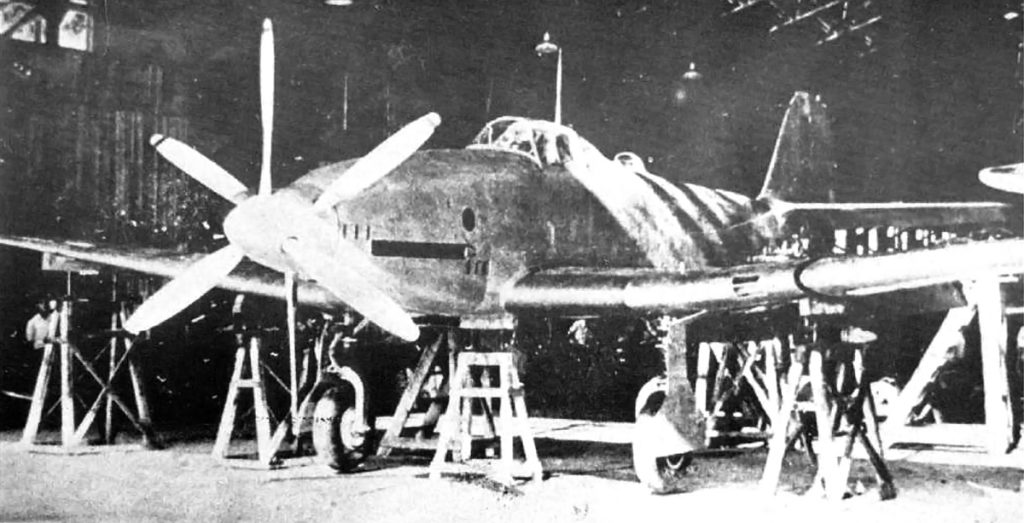
Further assessment of the aircraft after its short flying career revealed that the cooling system worked well for level flight, but remained inefficient for ground running, takeoff and climbing. There were notable concerns within the system from steam not condensing back to water through the overloaded system, and the cooling system losing almost 12 gallons of water during a rapid climb from takeoff to 18,000 ft and water freezing within the system, either in-flight or on the ground during cold and humid temperatures. These concerns could have been resolved with additional testing of the aircraft and some promising modifications were in fact made with the existing propellers. Plans to install new engines and upgraded propellers were underway. As a part of these improvements, the aircraft was redesignated as the Ki-64 Kai.
Ki-64’s Termination
However, the engines and the propellers faced delays and setbacks due to Japan’s shifting priorities with the war-time work. With resources and manpower being diverted to immediate military needs, experimental projects like Ki-64 were not prioritized. Despite, the potential of the aircraft, the Ki-64 program was officially terminated by mid-1944. The Ki-64’s airframe remained at Gifu until it was captured by American forces in 1945 following Japan’s surrender in World War II. Recognizing the unique design and technological potential, the US military saw an opportunity for further study. Hence, various parts of the cooling system were removed from the aircraft and shipped to Wright Field in Dayton, Ohio for further analysis and testing. The remainder of the aircraft was eventually scrapped.
The fighter aircraft that once held so much promise met a fate no one could have anticipated, scrapped and forgotten by history. The sleek metal body that could forge the skies up to 39,000 ft was discarded in the shadow of the war’s aftermath. But that’s the beauty of aviation and ideas, every failure is a reminder to learn and make better things.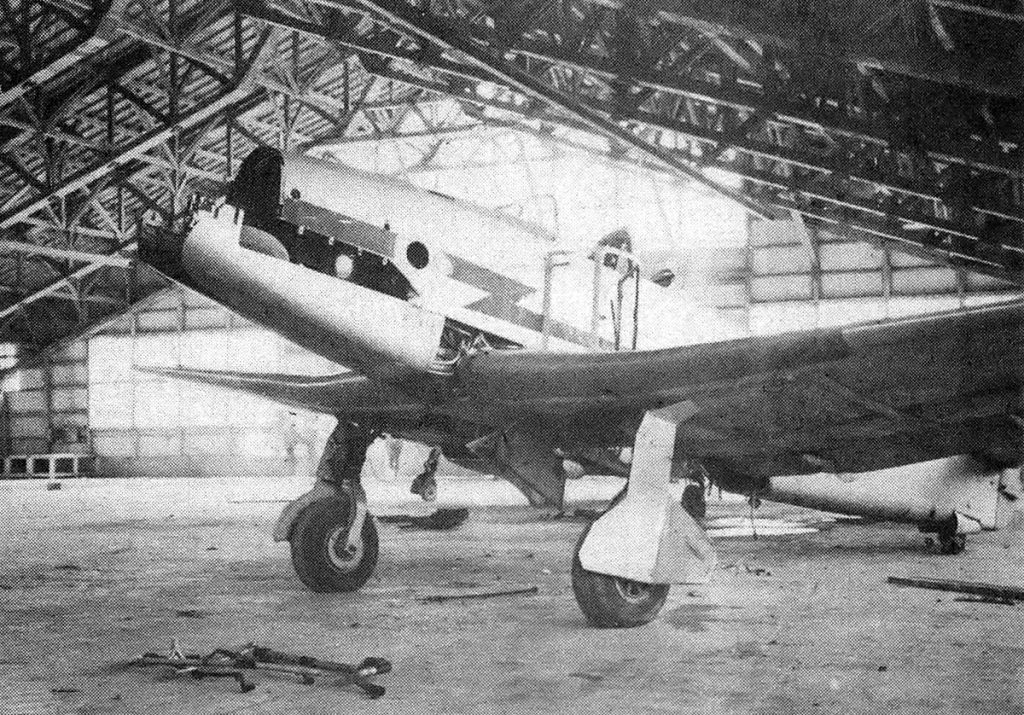
Throughout aviation history, countless aircraft designs have sparked the imagination of engineers, pilots, and aviation enthusiasts. Many of these innovative concepts, however, never made it past the drawing board or prototype stage. “Grounded Dreams: The Story of Canceled Aircraft” delves into the fascinating world of these ambitious projects that, for various reasons, were never fully realized. From groundbreaking technological advancements to strategic missteps, this exploration uncovers the stories behind the aircraft that promised to revolutionize the skies but were ultimately grounded before they could take flight. Join us as we journey through the highs and lows of aviation history, spotlighting the aircraft that could have changed the course of aeronautical progress had their dreams not been deferred. Check our previous entries HERE.
Related Articles
"Haritima Maurya, pen name, ""Another Stardust,"" has been passionate about writing since her school days and later began sharing her work online in 2019. She was drawn to writing because of her love for reading, being starstruck by the art of expression and how someone can make you see and feel things exclusive to their experience. She wanted to be able to do that herself and share her mind with world cause she believes while we co exist in this beautiful world least we can do is share our little worlds within.
As a commercial pilot, Haritima balances her passion for aviation with her love for storytelling. She believes that, much like flying, writing offers a perspective beyond the ordinary, offering a bridge between individual experiences and collective understanding.
Through her work, ""Another Stardust"" aims to capture the nuances of life, giving voice to moments that resonate universally. "


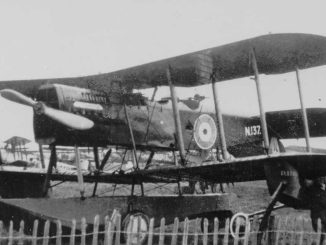
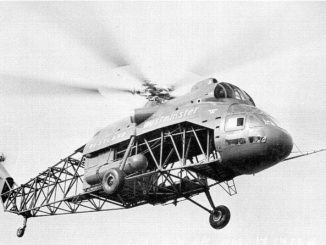
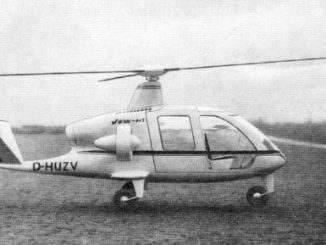
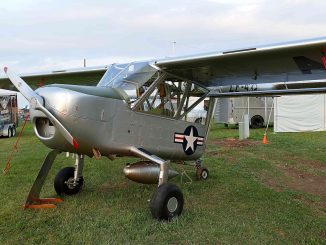
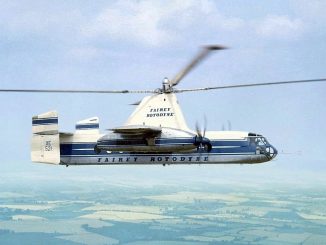


Be the first to comment
Graphic Design, Branding and Aviation Art